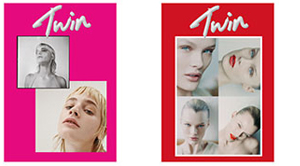Milan-based photographer and creative consultant Piotr Niepsuj is best known for his raw portraits of urban scenes. Born in Lodz, Poland, Niepsuj first arrived in Italy to study architecture before working for PIG Magazine, the Italian equivalent of Dazed or ID. It was at PIG that he was first given a camera and sent on assignment to photograph people anywhere from the streets of Milan to music festivals. He now shoots campaigns for brands like Off-white and Perks and Mini who he photographed for issue XX of Twin.
Most recently, Niepsuj presented a photo magazine called Spreads at Artifact in Spazio Maiocchi in Milan. Spreads features images of Tokyo inspired by Moriyama, which Niepsuj took on a digital camera on his recent trip to the Japanese capital city. Here, we speak with him about his practice and evolution as a photographer, his thoughts on contemporary photography, and his new work Spreads.
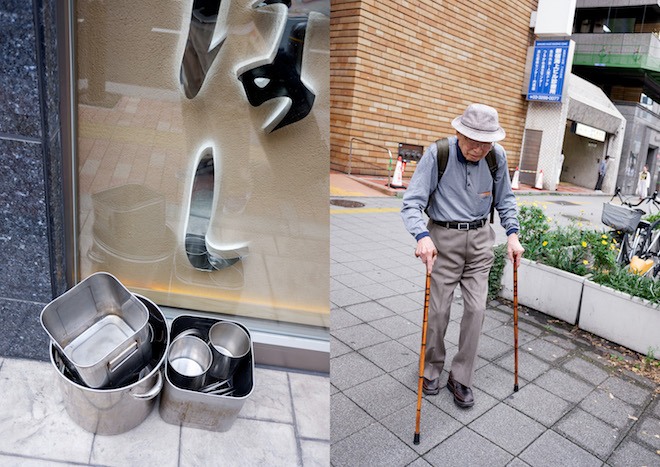
What is your first memory working as a photographer?
My first assignment ever. It was an interview and portrait of Jeremy Scott of Moschino. I didn’t even know what I was doing. It was very courageous of the magazine PIG, and it was a very good time for me. I learned everything. I learned about magazines. I learned about photography. A lot of hard work, no money, and good parties.
How have you evolved as a photographer since then?
I grew up in a very vice school of photography. You would go with your camera and photograph whatever surrounded you whether it was a party or a festival or a trend on the street. It’s basically what everybody does now, but it’s what anybody from Ryan McGinley to Juergen Teller who’s kind of father of this style was doing when I started. The approach doesn’t really change. I just go with my camera and shoot what I see and what I like.
I think the world changed more than I did. In the beginning, we photographed parties, trends, and us being young. Then, us being young turned old and boring. It’s also much more difficult to take pictures of people now because of how much more aware we are of being photographed. The naturalness is lost. This changed about the world.
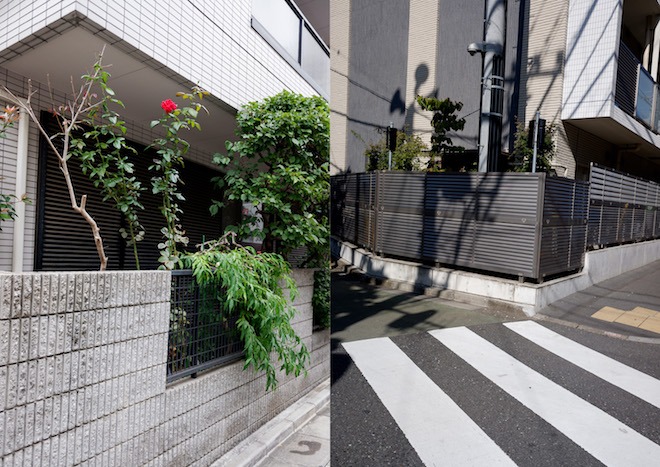
Have you changed cameras? What are you working with – digital or analogue?
I change cameras from analogue to digital. I shoot a lot with my phone also, because it’s the easiest and the fastest way. I think it’s like the contemporary equivalent of point and shoot.
When I first started, I used to love analogue. Then, I didn’t approve of it. You realize all of your pictures look the same as the pictures of people twenty or thirty years ago – but they are not as good. When you think about how they’re going to be seen in the future, you wonder why a picture from 2019 has to look like a picture from 1980?
I think the iPhone picture is the picture of 2019, and when someone sees in 2050 a picture from 2019, it’s a bit strange to see it like a fake picture from 25 years before. I became bored, too, with the graininess of it. Then, it became commercial.
When I started working for real and shooting commercially, I realized film is the way not to get crazy. I produce so many images that my hard drives are exploding. Even mentally it’s too much. With digital, you can be shooting all the time – 2000 shots per day. I arrived to the point I understand film again.
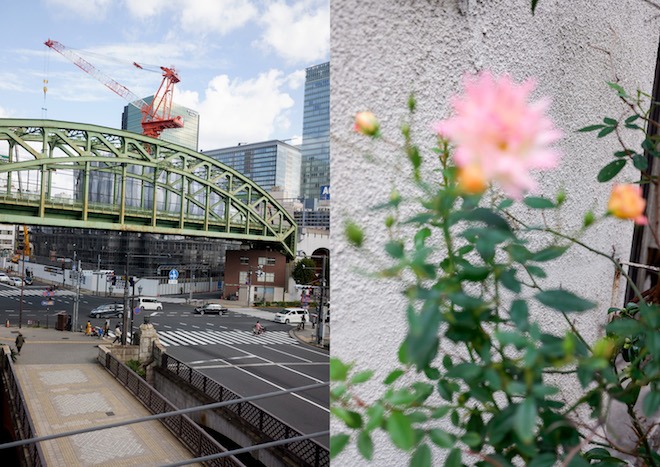
Why do you like photographing urban scenes?
I studied architecture, so it’s always somehow inside me, this interest in cities and urbanization. Cities are the same everywhere you go, the same elements exist. They’re temporary and permanent. Temporary things eventually stay, and permanent things get old and change. Old and very new always clash, because the old is still functional and still works. It’s a documentation. Cities are like living structures in the end, and urban scenes are like a proof of history filled with layers, evolution, communication, advertisement, stratification, development.
I always think and hope every time I take an image that it’s not for selling a product, that it will have a value in 20 years. Even if I shoot the backstage of a fashion show for a brand, I always try not to show like a perfect image. It’s always like trying to find the mess, what’s human.
What is your new work Spreads?
P: It’s at Artifact, the store space Kaleidoscope shares with Slam Jam at Spazio Maiocchi. The work is about Tokyo and Moriyama. Last October, I went with some friends to Tokyo. I’ve always wanted to go to Tokyo, and I brought this little point-and-shoot digital camera and just went down the streets and took pictures of everything from little homes in the streets to the trash. There’re thousands of images of this trip. I also went into all the bookstores, looking at old and new books to add to my collection. I found this one about Record Magazine that Moriyama founded. It’s the magazine he made for himself with only his pictures. I was reading this and looking at thousands of his images and realized it’s the same. I want to have my record now. I’m presenting it for the first time. 150+ prints from the magazine and outtakes were also “exhibited” during the launch.
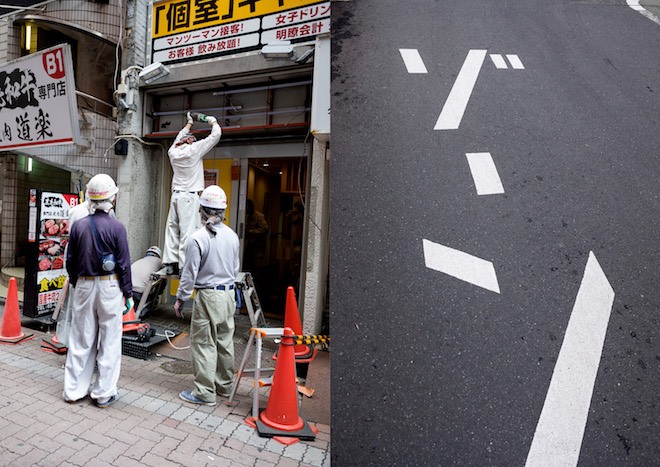
Spreads reminds me of your Instagram @spreadingspreads where you post images of photos in books, often two-page spreads. Are the images in conversation with each other or intended to create a dialogue?
Not necessarily, but when there are two images next to each other, you always try to find a dialogue. It’s important to me to think about. Even if you look at the Spreading Spreads Instagram, I very rarely put a spread that is only one image. With spreads, sometimes there’s no conversation. Sometimes, there is. Sometimes, it’s a joke. Sometimes, it’s aesthetically working. That’s the fun of making a magazine or a book.
Follow Piotr Niepsuj @piotrniepsuj and @spreadingspreads.
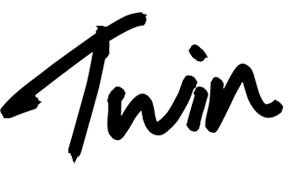
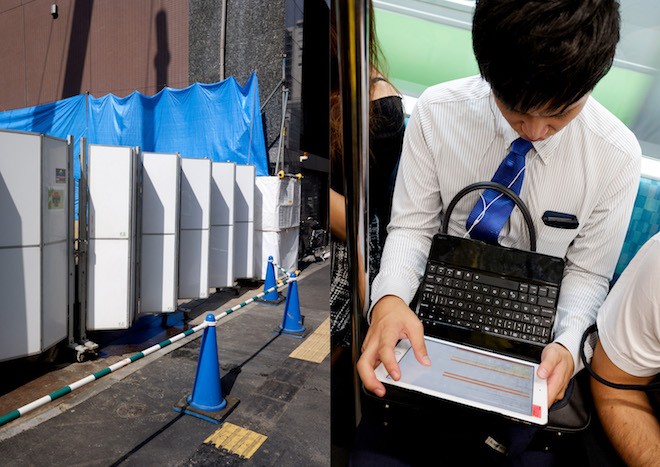
 PREVIOUS
PREVIOUS
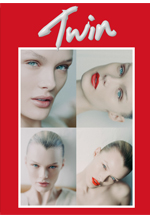
 Twitter
Twitter
 Tumblr
Tumblr
 YouTube
YouTube
 Facebook
Facebook
 Instagram
Instagram
